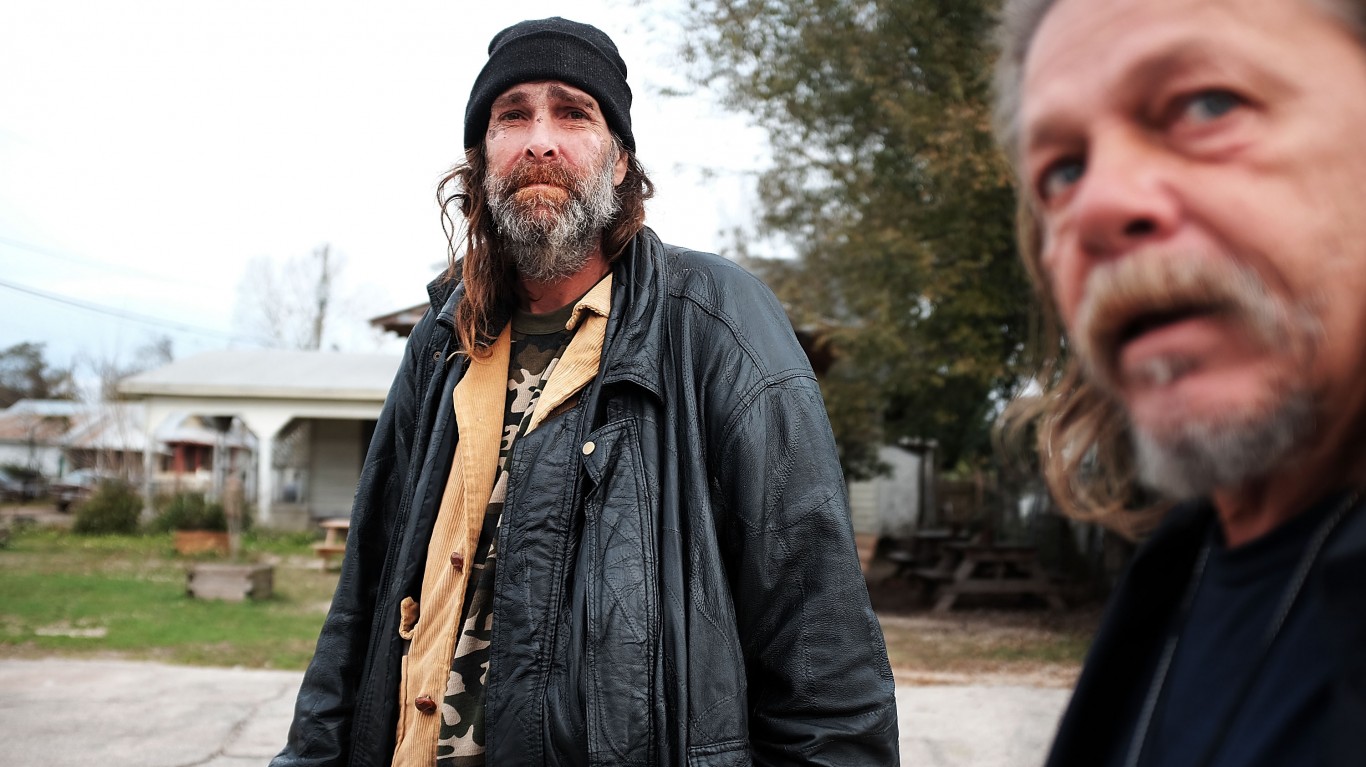
The COVID-19 pandemic drove unemployment rates to levels last seen during the Great Depression, particularly in March and April. A strong recovery improved the unemployment rate to 6.3% in January. The number is still much worse than in February of last year, when the rate was 3.5%.
The Bureau of Labor Statistics (BLS) recently published its Regional and State Employment, 2020 Annual Averages. The annual report indicated that, nationwide, the jobless rate averaged 8.1% in America last year. Unemployment rates rose in all 50 states and the District of Columbia when compared to 2019. The states with the highest unemployment rates were Nevada at 12.8% and Hawaii at 11.6%.
Another measure of employment in the United States the BLS uses is employment-population ratios. That is the number of people employed compared to the total working-age population. The figure also worsened in all 50 states and the District of Columbia. The BLS researchers described the nationwide situation thus:
Overall, 23 states and the District of Columbia had employment-population ratios higher than the U.S. ratio of 56.8 percent, 15 states had lower ratios, and 12 states had ratios that were not appreciably different from that of the nation.
As the Economic Policy Institute points out: “Lows in the employment-to-population ratio correspond with economic downturns.” Put simply, the pandemic and resulting economic harm drove people out of the workforce.
In two states, only about half of the employable workforce worked in 2020. These were West Virginia at 50.3% and Mississippi at 50.6%. At the other end of the spectrum, the states with the highest figures were Nebraska at 66.7% and North Dakota at 66.0%.
While the BLS does not draw a line that connects the employment-to-population ratio to household income or poverty, several relatively poor southern states have lower numbers. The number was 53.8% in Kentucky, 54.9% in North Carolina, 54.2% in South Carolina and 54.1% in Alabama. In several states that tend to be better off financially, the figure is relatively high: New Hampshire at 62.9%, Minnesota at 65.3% and Wisconsin at 61.7%.
These states have employment-population ratios significantly
different from the U.S. average in 2020:
| State | Ratio |
|---|---|
| United States | 56.8 |
| Alabama | 54.1 |
| Alaska | 58.7 |
| Arkansas | 53.9 |
| California | 54.4 |
| Colorado | 62.8 |
| Connecticut | 59.8 |
| District of Columbia | 64.6 |
| Florida | 52.9 |
| Hawaii | 52.7 |
| Idaho | 60.0 |
| Indiana | 58.5 |
| Iowa | 63.7 |
| Kansas | 63.1 |
| Kentucky | 53.8 |
| Louisiana | 53.2 |
| Maryland | 62.0 |
| Massachusetts | 59.0 |
| Michigan | 54.6 |
| Minnesota | 65.3 |
| Mississippi | 50.6 |
| Missouri | 59.3 |
| Montana | 59.0 |
| Nebraska | 66.7 |
| Nevada | 53.8 |
| New Hampshire | 62.9 |
| New Mexico | 52.3 |
| New York | 53.7 |
| North Carolina | 54.9 |
| North Dakota | 66.0 |
| South Carolina | 54.2 |
| South Dakota | 65.0 |
| Texas | 57.9 |
| Utah | 64.8 |
| Vermont | 60.1 |
| Virginia | 60.6 |
| Washington | 58.8 |
| West Virginia | 50.3 |
| Wisconsin | 61.7 |
| Wyoming | 61.5 |
Are You Still Paying With a Debit Card?
The average American spends $17,274 on debit cards a year, and it’s a HUGE mistake. First, debit cards don’t have the same fraud protections as credit cards. Once your money is gone, it’s gone. But more importantly you can actually get something back from this spending every time you swipe.
Issuers are handing out wild bonuses right now. With some you can earn up to 5% back on every purchase. That’s like getting a 5% discount on everything you buy!
Our top pick is kind of hard to imagine. Not only does it pay up to 5% back, it also includes a $200 cash back reward in the first six months, a 0% intro APR, and…. $0 annual fee. It’s quite literally free money for any one that uses a card regularly. Click here to learn more!
Flywheel Publishing has partnered with CardRatings to provide coverage of credit card products. Flywheel Publishing and CardRatings may receive a commission from card issuers.
Thank you for reading! Have some feedback for us?
Contact the 24/7 Wall St. editorial team.




